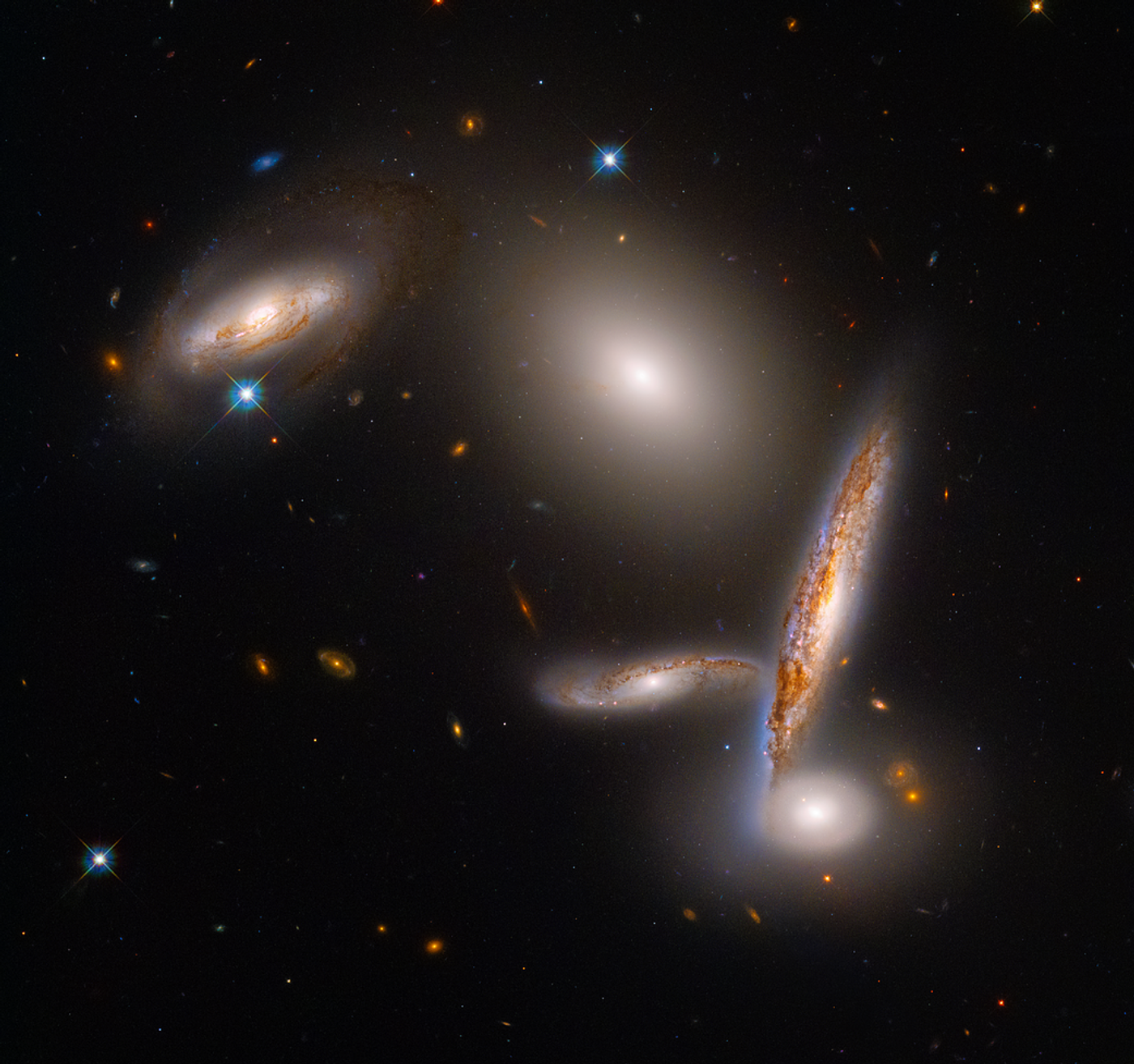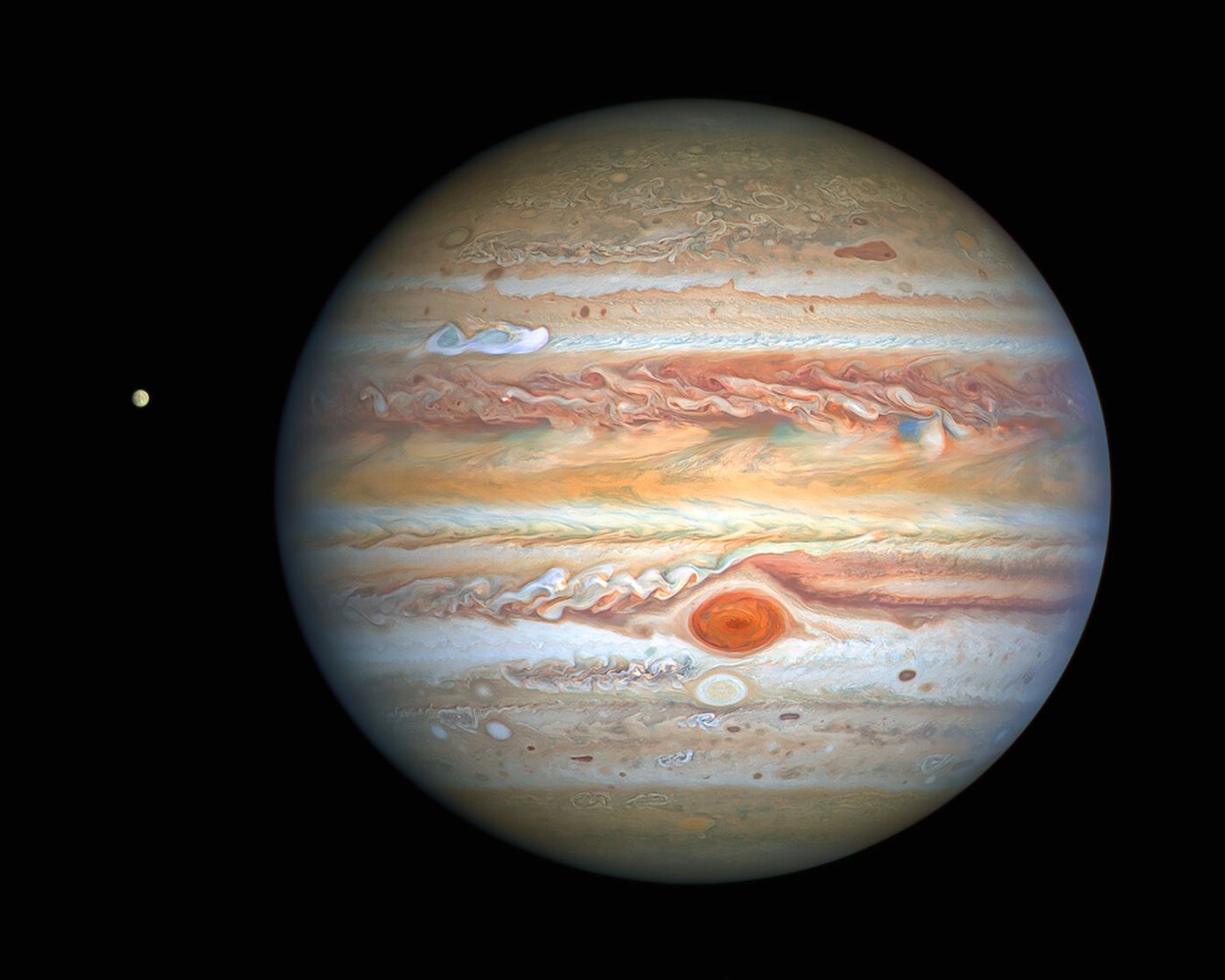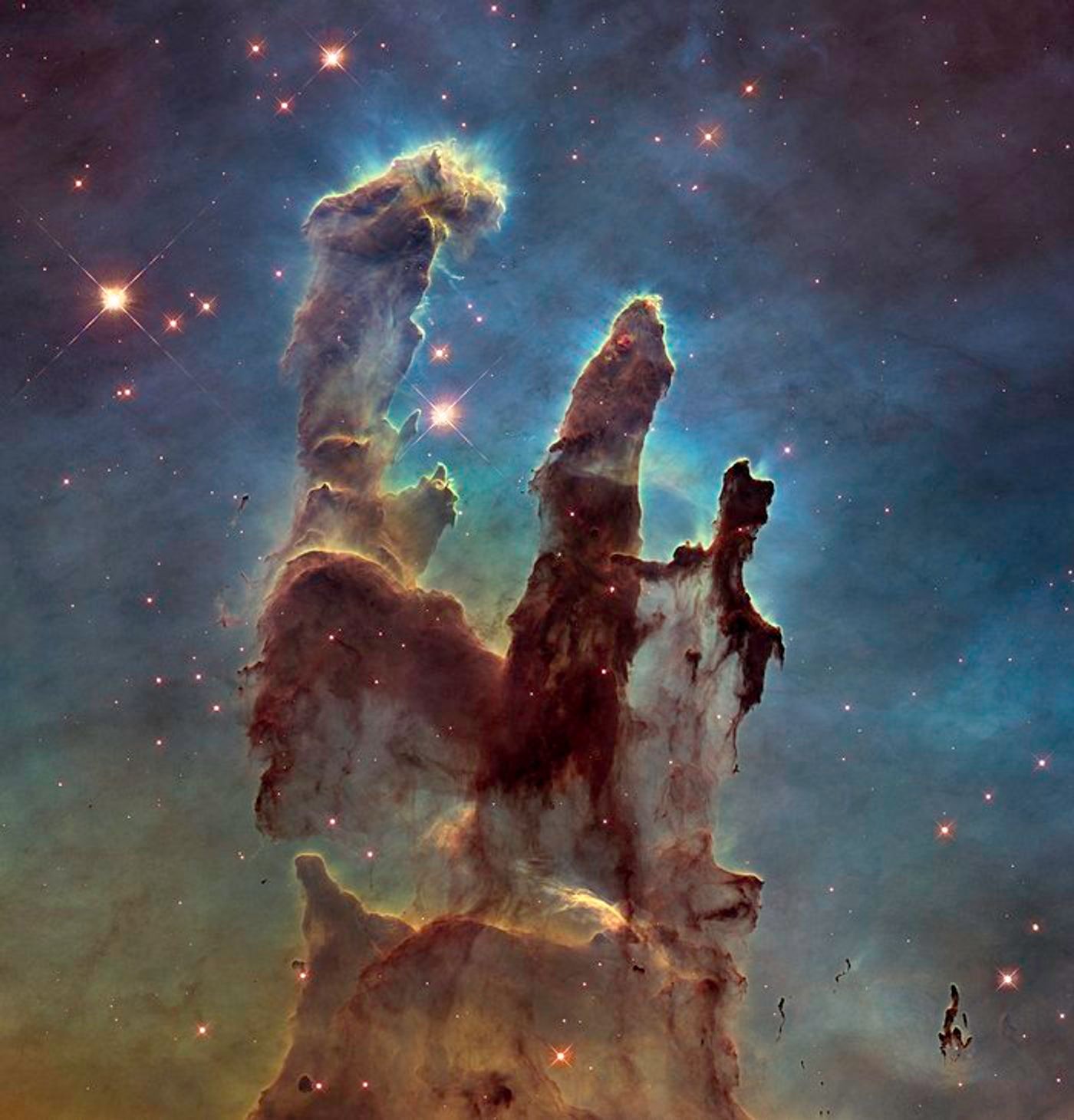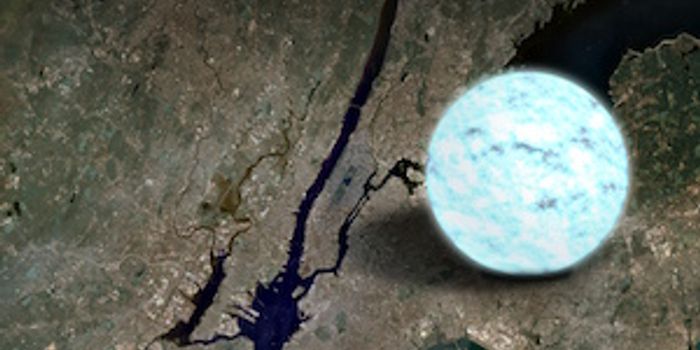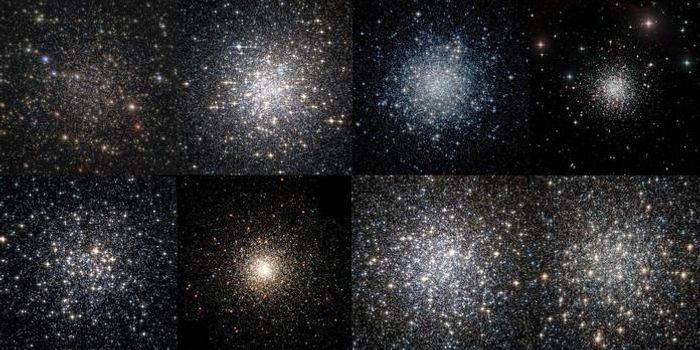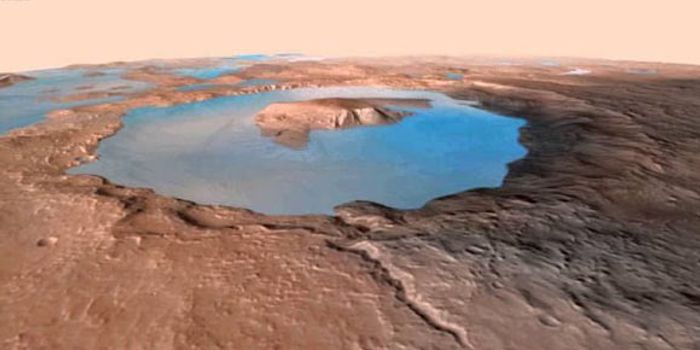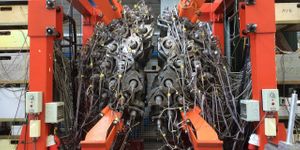Happy Anniversary, Hubble!
32 years ago today, NASA’s Hubble Space Telescope (HST) was launched aboard Space Shuttle Discovery and deployed into low Earth orbit one day later. While the large truck-sized telescope initially experienced some imaging issues due to a flaw in its primary mirror, it has provided some of the most incredible images of the cosmos ever taken. Named after American astronomer, Edwin P. Hubble, HST mas made more than one million observations since the beginning of its mission. Due to atmospheric distortions that affects incoming light rays, images acquired from ground-based telescopes are not as crisp as astronomers would like. Having an orbiting telescope helps alleviate these issues, resulting in images with far greater brightness, clarity, and detail. Here we will explore the history of HST, the absolutely breathtaking images it has taken, and how HST has changed the way we literally look at the cosmos.
The original idea for a space-based telescope came from German rocket scientist, Herman Oberth in 1923 in his book "Die Rakete zu den Planeträumen". While Oberth was both a pioneer and forward-thinker of his time, it still took decades for the technology to catch up with this incredible idea. It was even later proposed by American Lyman Spitzer in 1946, with funding finally being approved in the 1970s. The telescope was eventually named after Edwin Powell Hubble, which discovered the expansion of the Universe in the 1920s.
Construction on HST was completed in 1985 and was scheduled to be launched in 1986, but the Challenger explosion postponed HST’s launch until 1990. Upon examining the first images, scientists realized there was a serious flaw in the main mirror because it was too flat by fifteenth of the width of a human hair. It took until December 1993 to launch a servicing mission, but once completed HST began delivering some of the most breathtaking images of our Universe that human eyes have ever seen.
HST has helped scientists learn more about both our solar system and even how galaxies form. One of the most famous HST images is called “Hubble Ultra Deep Field” and shows some of the farthest galaxies ever seen. Despite its age and while there are no future servicing missions scheduled for the aging telescope., HST even recently imaged the most distant single star ever detected in outer space, a mind-blowing 12.9 billion light years from Earth. The future of HST is unknown but given its age NASA recently launched the James Webb Space Telescope, which is being hailed as the most powerful telescope ever launched into space.
Hubble has done an amazing job exploring the Universe and literally changing how we look at the night sky, and the hope is that it will continue doing this for years to come.
Happy Anniversary, Hubble!
As always, keep doing science & keep looking up!
Sources: NASA, BBC, Britannica, ESA Hubble, History, NASA, Smithsonian Magazine, Goddard Space Flight Center
